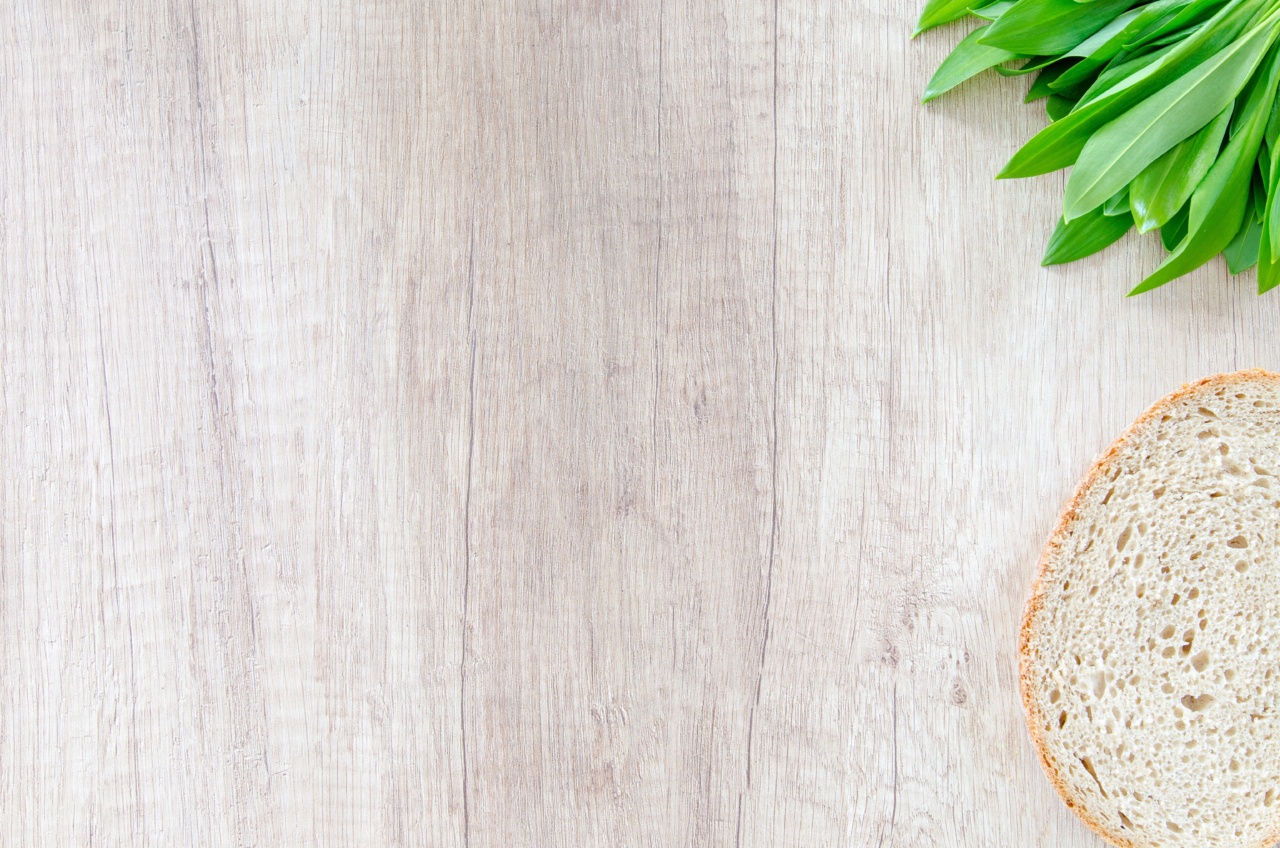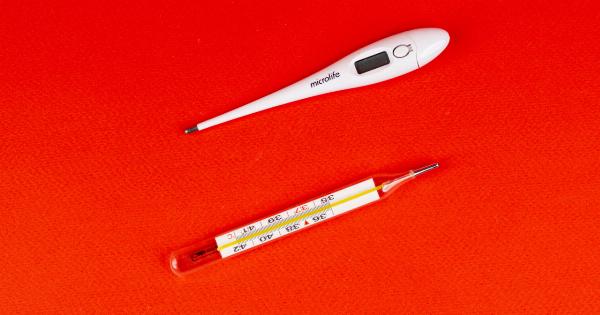Food is meant to nourish our bodies, but improperly packaged food can pose a threat to our health. Packaging materials serve as barriers between the food and any potential contaminant, including air, moisture, dust, and even microbes.
But there are certain types of packaging materials that can actually pose a danger to human health. Experts are now warning consumers and manufacturers that rough food packaging can lead to health hazards.
What is Rough Food Packaging?
Rough food packaging refers to food packaging materials that are abrasive, uneven, and jagged. These rough surfaces are often the result of poor manufacturing techniques or the use of low-quality materials.
Rough packaging can occur in many forms, including:.
- Aluminum foil with jagged edges
- Plastic bags with rough corners
- Paper bags with rough surfaces
- Cardboard boxes with protruding staples
When we handle rough food packaging, we may accidentally scratch or cut ourselves, leading to open wounds. These wounds can then become infected and lead to a host of health problems.
Injuries from Rough Food Packaging
Injuries from rough food packaging can be severe. Some of the most common injuries include:.
- Cuts and lacerations
- Burns and abrasions
- Infections and allergic reactions
In the most extreme cases, injuries from rough food packaging can even be life-threatening. For example, a person who ingests a small piece of sharp plastic from a poorly manufactured bag can choke or develop severe intestinal damage.
Health Hazards from Rough Food Packaging
Rough food packaging can also pose a significant health hazard when used to package certain types of food. Some of the most common health hazards associated with rough food packaging include:.
Allergic Reactions
People with sensitive skin may develop allergic reactions when they come into contact with rough packaging materials. Some people may develop redness, rashes, or even hives as a result of handling rough packaging.
Bacterial Infestations
Bacteria thrive on rough surfaces. When food is packaged in rough packaging, it can create the perfect breeding ground for bacteria and other microbes. This can lead to bacterial infestations and the risk of food poisoning.
Mold Growth
Mold can develop on rough surfaces when the packaging material is exposed to moisture. Mold spores can then contaminate the food, leading to health problems and potential allergies.
Toxicity
Some rough food packaging materials can contain toxic chemicals. When food is packaged in such materials, these chemicals can leach into the food and lead to a host of health problems, including cancer and organ damage.
Preventing Health Hazards from Rough Food Packaging
The good news is that there are several ways to prevent health hazards from rough food packaging. Consumers can take several precautions, including:.
- Inspecting food packaging before purchase and avoiding any packaging materials that are jagged or rough
- Wearing gloves or using utensils when handling rough packaging materials
- Washing hands thoroughly after handling rough packaging materials
- Storing food in airtight containers to protect against bacterial infestations and mold
Manufacturers can also take steps to reduce the risk of using rough food packaging materials. Some of these steps include:.
- Using high-quality, food-grade materials that are less likely to be abrasive
- Implementing strict quality control measures to ensure that no packaging materials have rough or jagged surfaces
- Regularly inspecting machinery to ensure that the manufacturing process itself does not lead to rough surfaces
Conclusion
Rough food packaging can pose a serious health hazard if not properly addressed. Consumers and manufacturers alike must take steps to ensure that food is packaged using only the highest quality materials, free of any jagged or rough edges.
By doing so, we can help protect our families from dangerous health hazards and ensure that our food is safe and healthy to eat.































